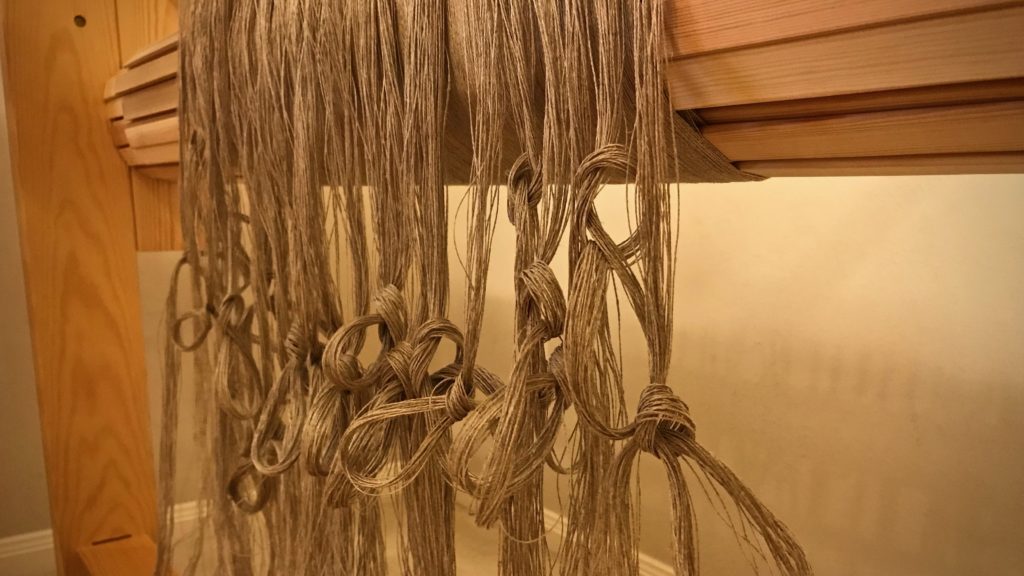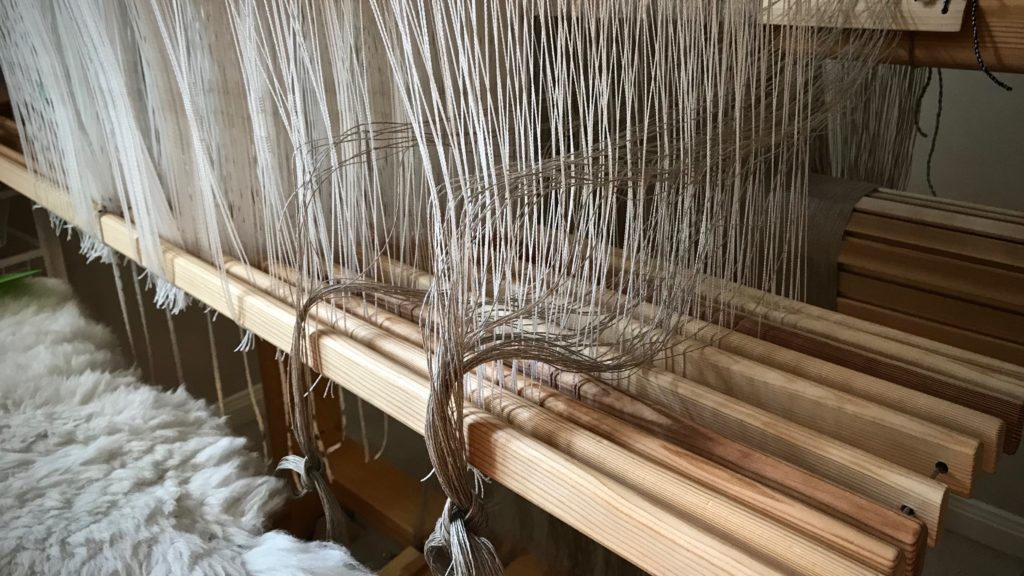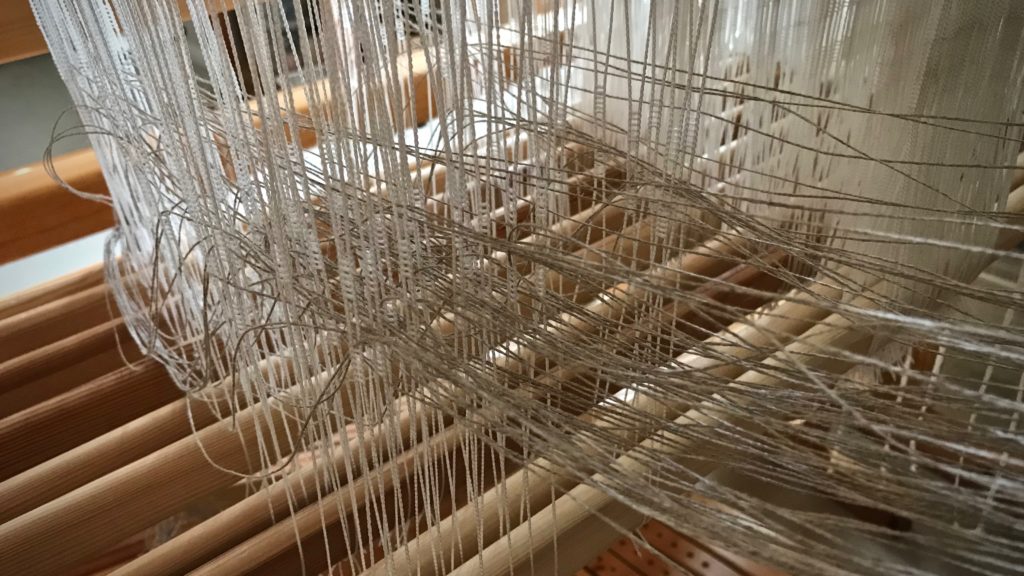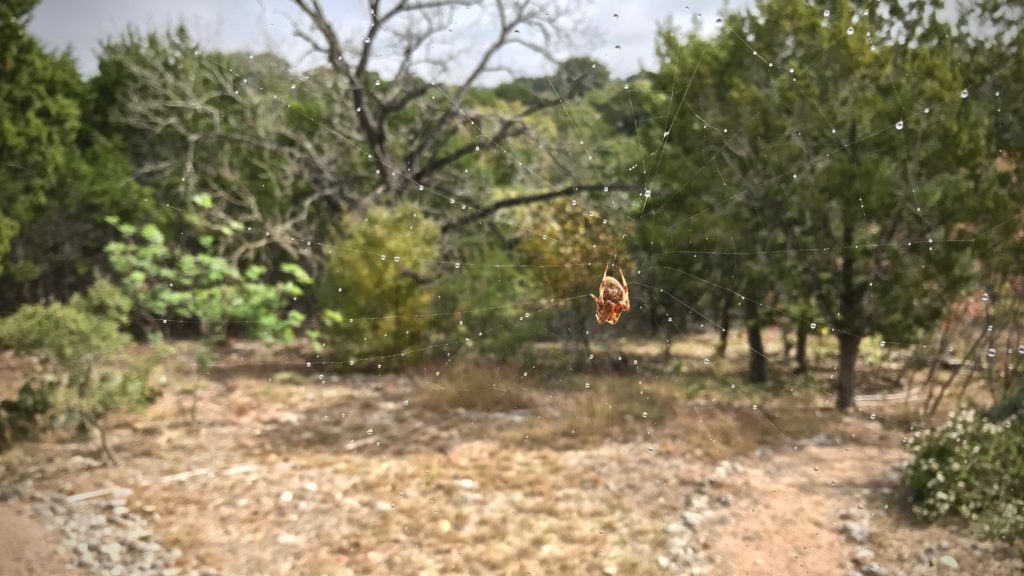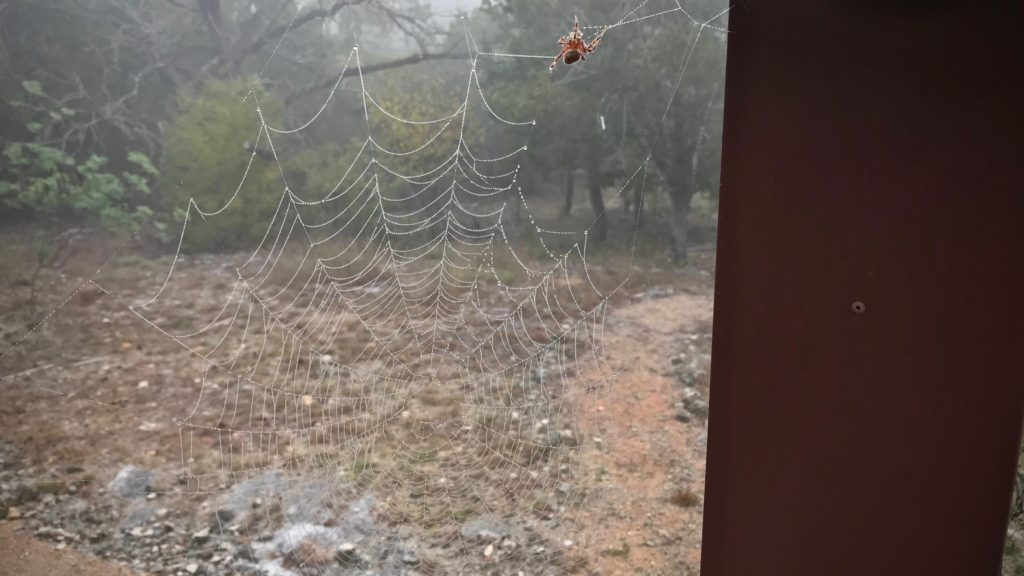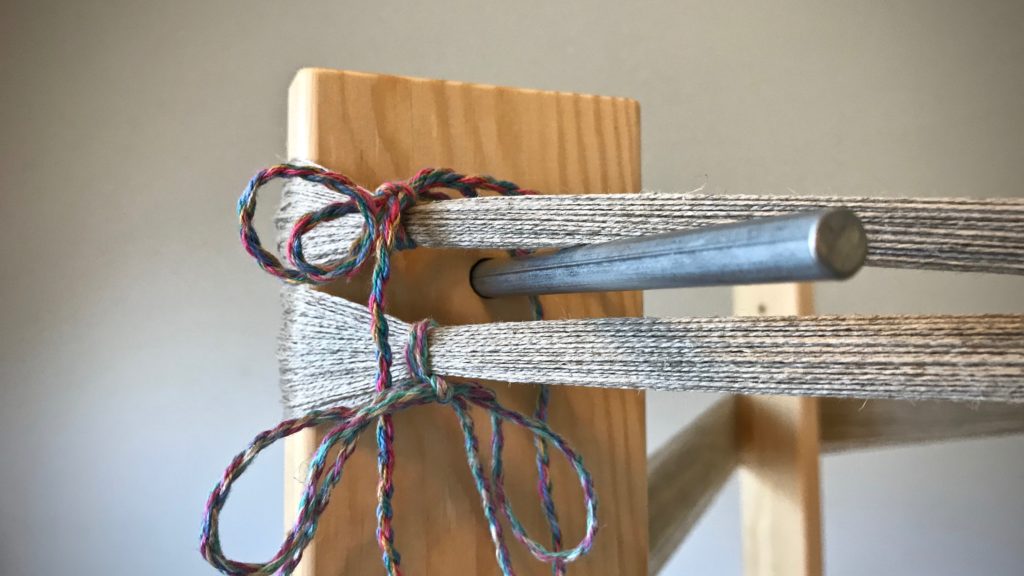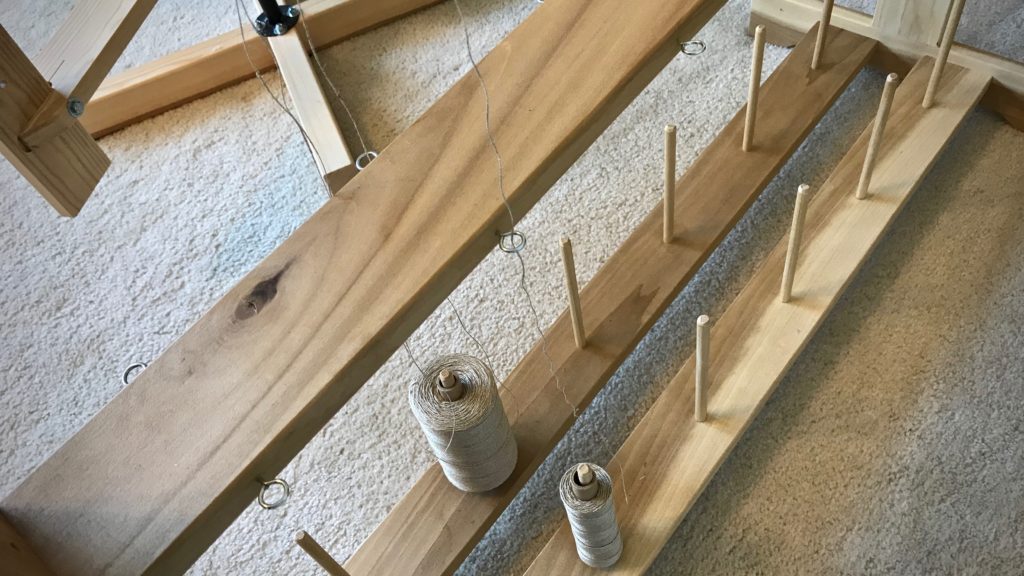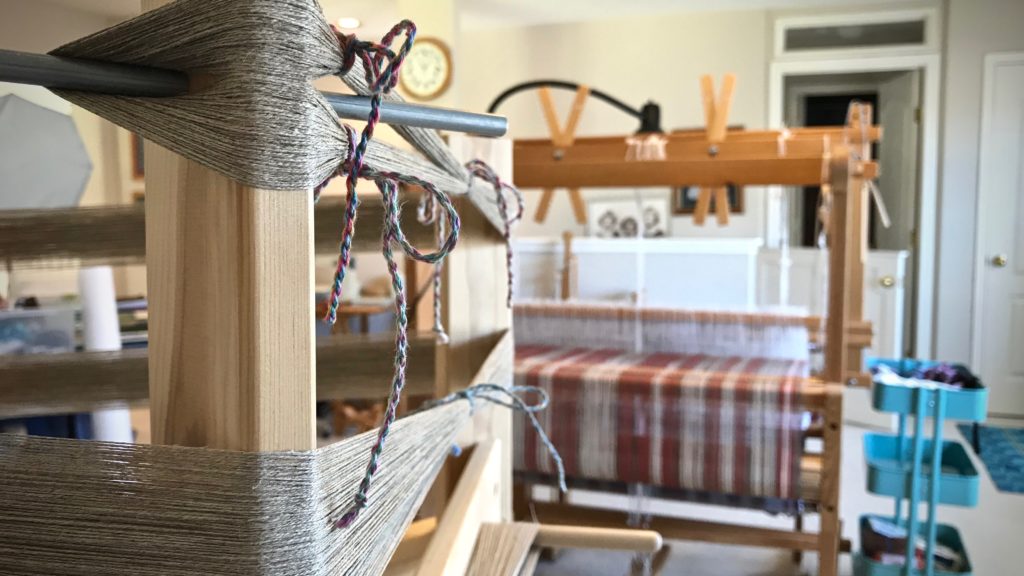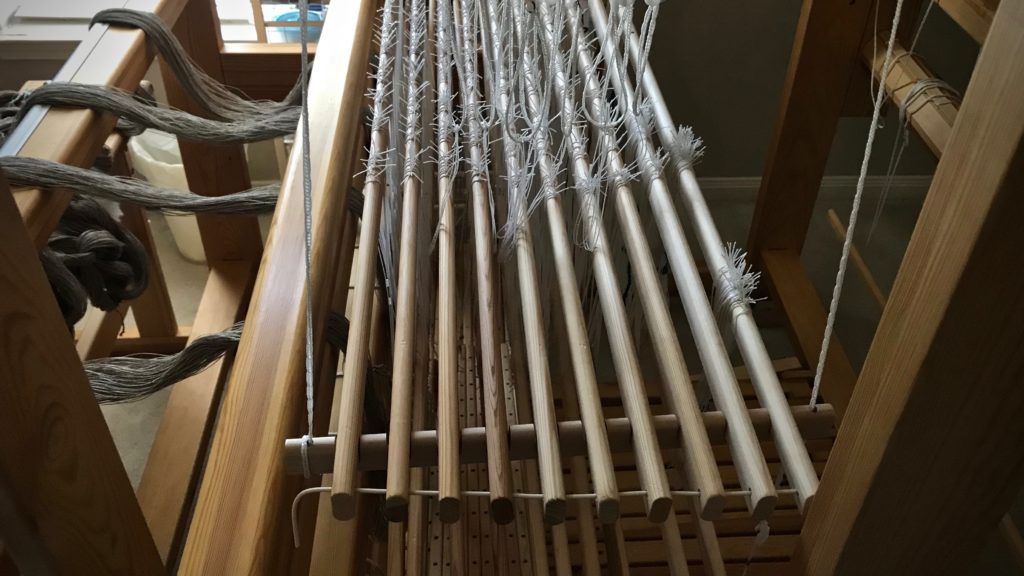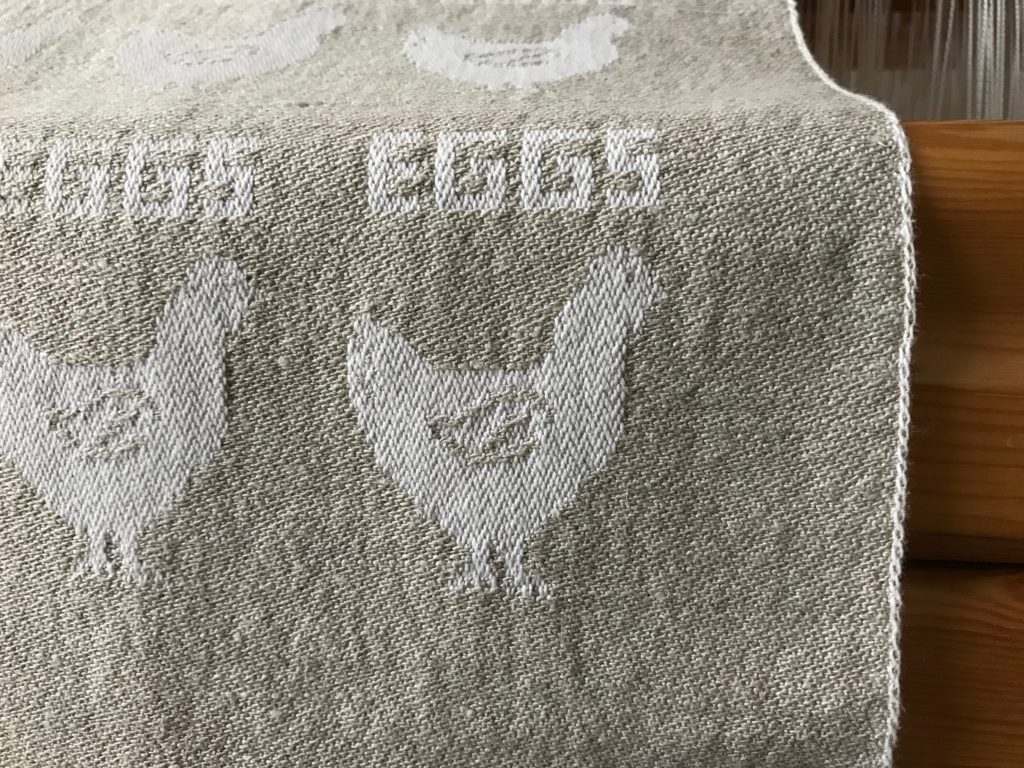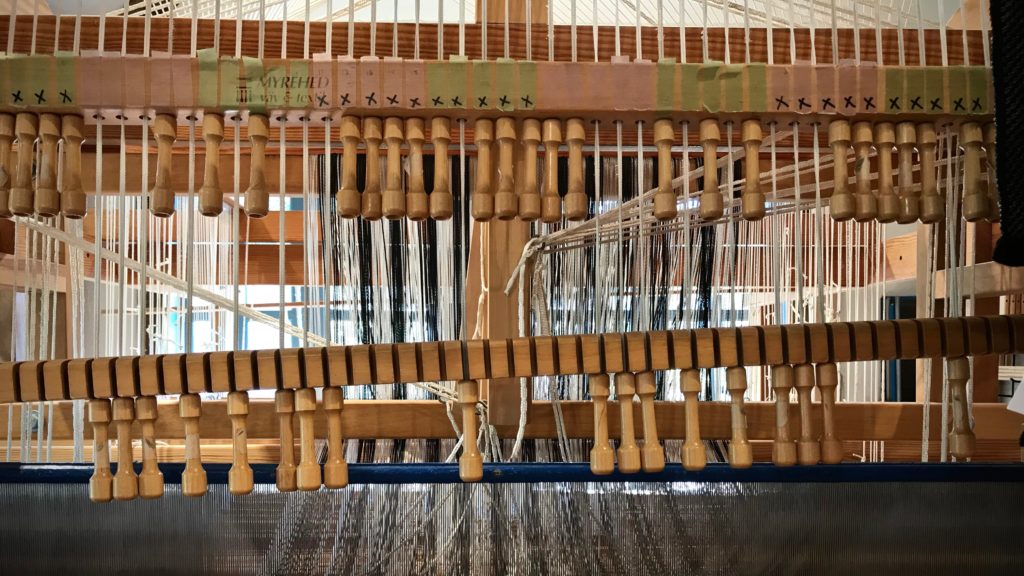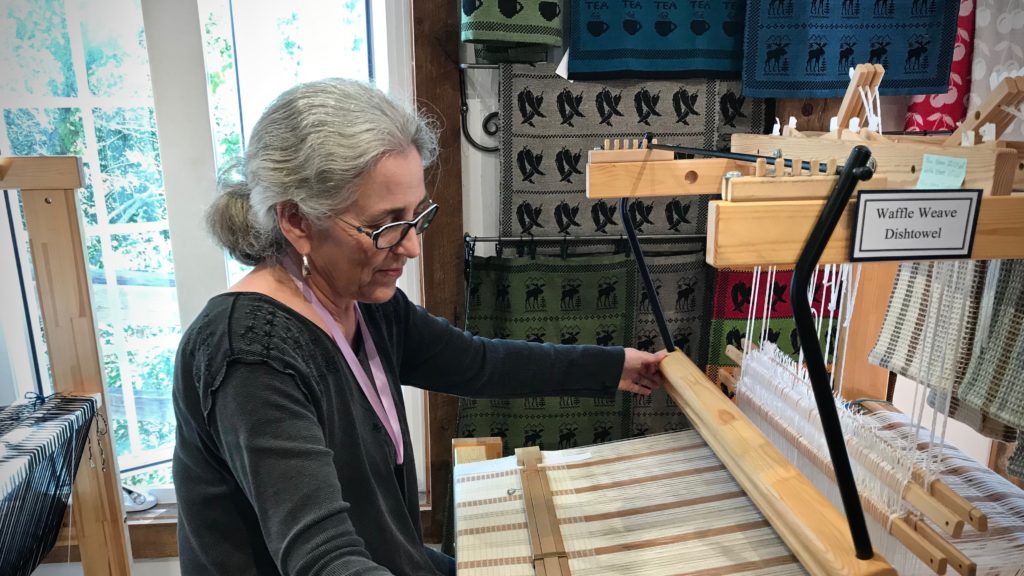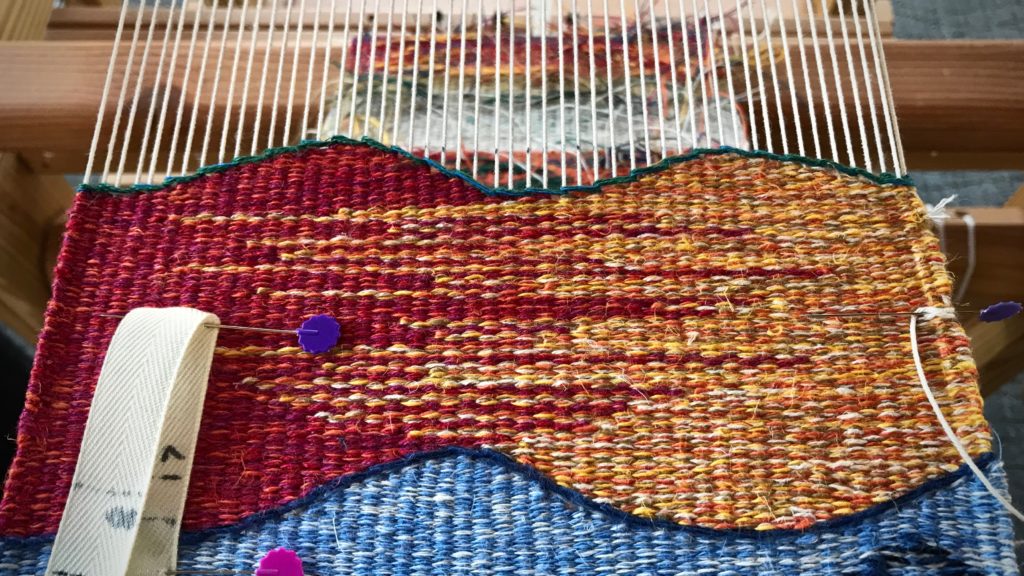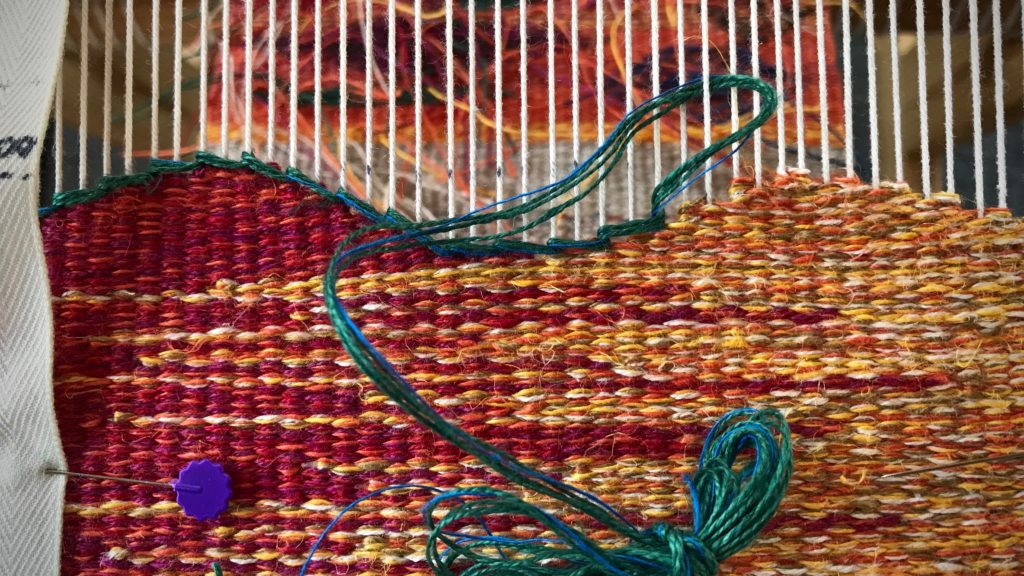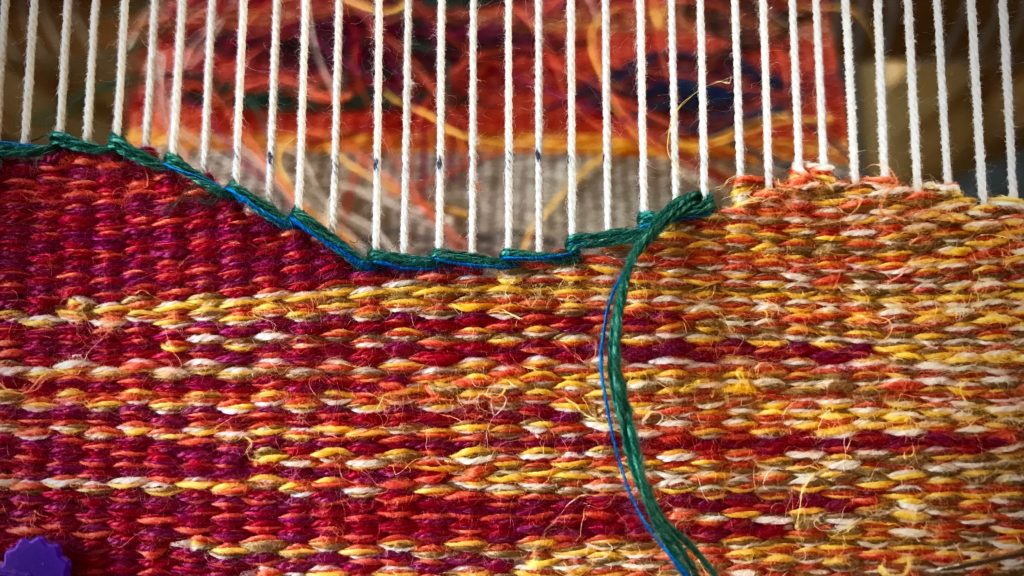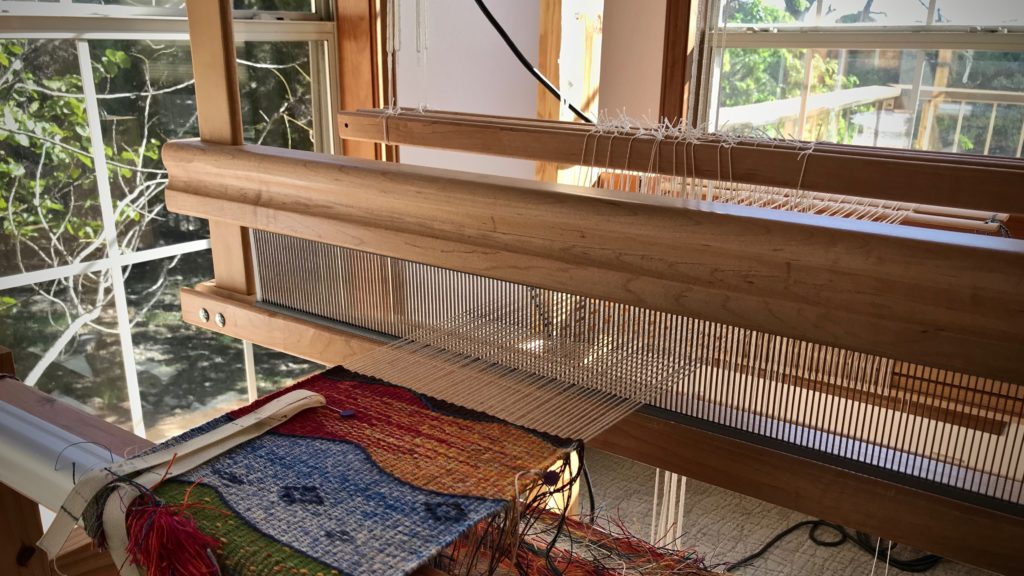It’s the question we expect to hear. “How long did it take you to weave that?” “…Well, hours and hours, basically.” After almost three hours of threading, I am nearly to the halfway point. How can I convey all the necessary work of dressing the loom? Or, the time it takes to practice a new skill at the loom? Or, the finishing work of twisting fringe, hand hemming, or cutting and sewing?
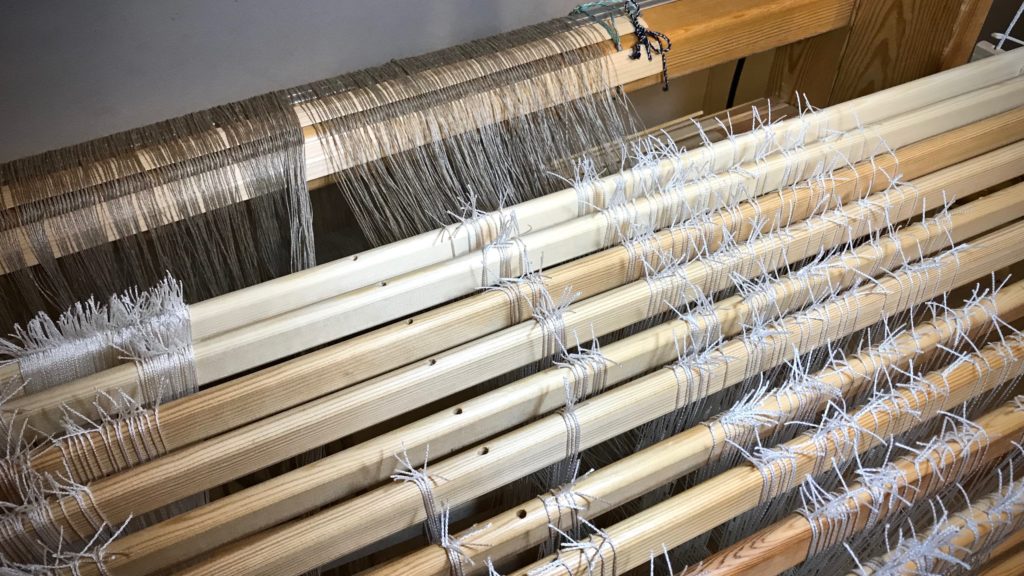
With any hand-crafted article, there is more than meets the eye. Why do we want to know how long it took to make it? Are we trying to measure value, or understand the maker’s process? Or, is it simply a statement of incredulity about something we didn’t know was possible?
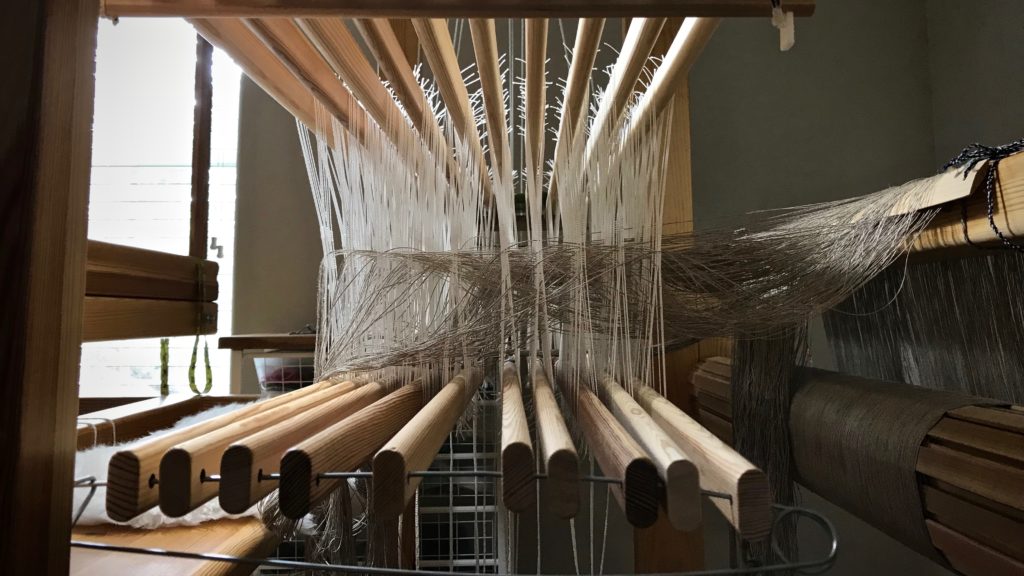
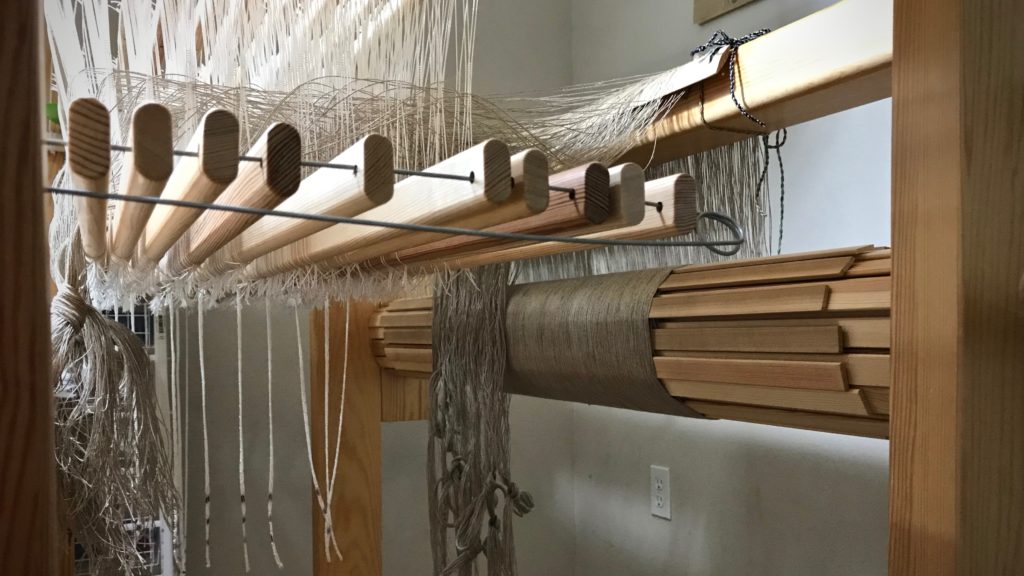
We have a Maker. He fashioned our physical selves; we see that. He also made us with heart and soul. He starts the weaving process before we are born, and takes as long as he needs for the finishing. The Lord, our Maker, includes the necessary development of our character, and the intricacy of our personality, and our dreams and hopes. We are more than meets the eye. How long does it take to make a person? A lifetime.
May you enjoy the process.
Love,
Karen

